 Abraham Lincoln
If given the truth, the people can be depended upon to meet any national crisis...
Abraham Lincoln
If given the truth, the people can be depended upon to meet any national crisis...
 Guildford news...
for Guildford people, brought to you by Guildford reporters - Guildford's own news service
Guildford news...
for Guildford people, brought to you by Guildford reporters - Guildford's own news service
Birdwatcher’s Diary No.223
Published on: 14 Jan, 2021
Updated on: 14 Jan, 2021
By Malcolm Fincham
On Christmas Eve there was an attempt of a return to warmer westerlies to break though. This was in the form of storm Bella, bringing with it more rain and gusts of winds in excess of 80mph across parts of the UK.
A change in the weather was upon us. By Sunday, December 27, a strong blocking high to the north of the UK was pushing a north-easterly breeze though the country. Temperatures had dropped to not much above freezing for the first time this winter, bringing a few overnight frosts to the southern counties.
For me, in Surrey, it was my first chance in a while to properly chill-out for a few days and recharge my batteries. Chill was the operative word as the temperatures had made a significant plunge down to low single figures.
The colder weather had to my surprise brought a redwing to perch up in one of my neighbour’s trees. I could see it was eyeing up my holly tree, still full of berries, although too timid while I watched to come any closer.
Elsewhere, these winter visitors could still be seen feeding on berries. Their most coveted ones were diminishing by the day in rural districts, as they were joined by numerous other wintering thrushes feasting on their favourites.
As in recent months, on December 28, Britten’s Pond, off Salt Box Road, was one of my favoured choices for my daily exercise. There I could also relax for a spell and tune into the nature about me, while taking in the winter smell of petrichor from the decaying vegetation about me.
Attuned to recognising the sound of a kingfisher, it was not long before I was able to spot a resident wintering bird.
Although suspecting there might be two in the area due to its ability of appearing in several areas of the lake in such a short space of time, the one I managed to photograph was most certainly a male, due to its black lower mandible. I was especially pleased to be able to point it out to several interested passers-by as it perched up in a tree at the water’s edge, on the far side of the pond.
My best pictures of him, however, were the ones I took in the outlet pond there.
Out on the small island there sat a grey heron and a cormorant. The cormorant could be seen, wings open, drying them off, having just spent a while in the water fishing.
Making the most of my break from work, I also took the advantage of the dry spell of weather by visiting Priory Pond, Reigate. This was to see and photograph a North American female ring-necked duck.
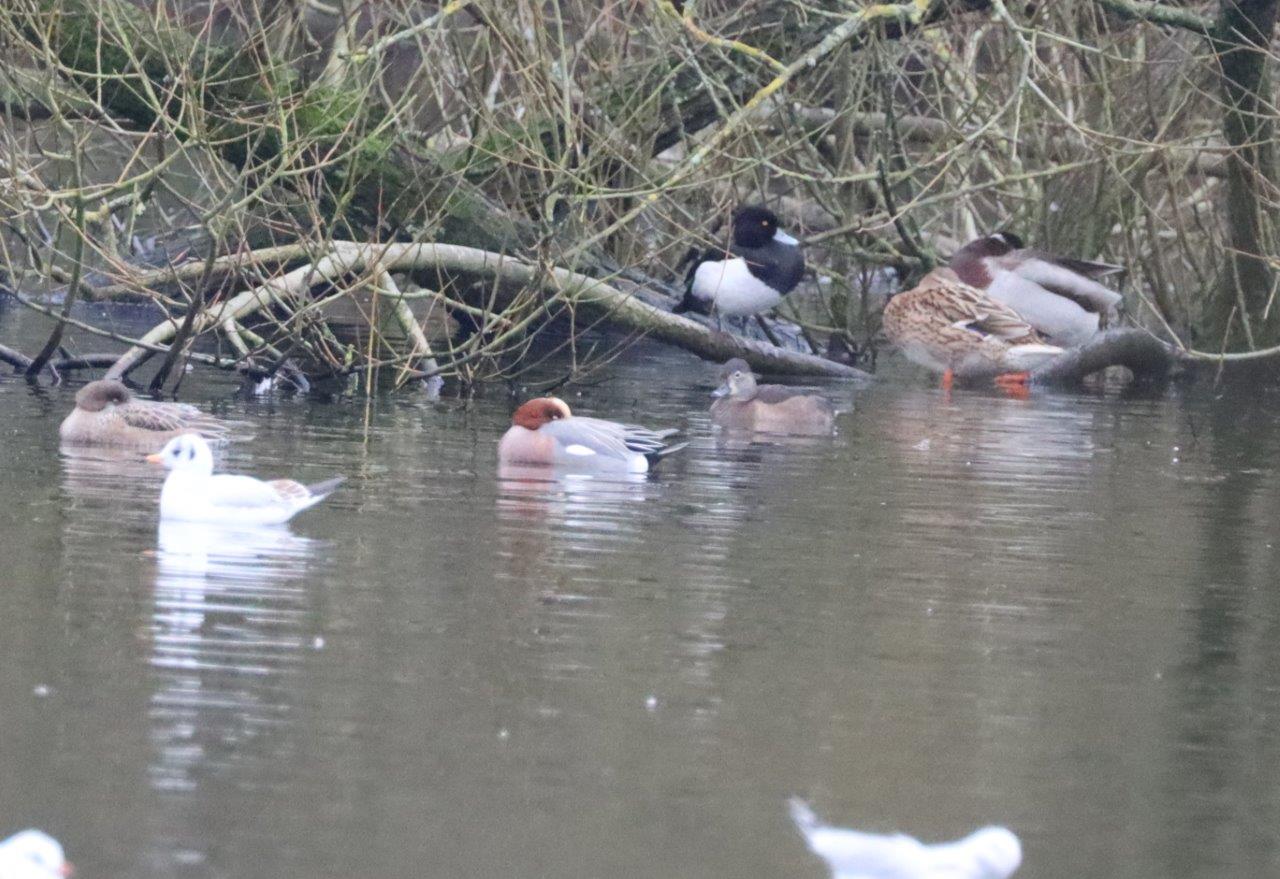
Ring-necked duck (directly below the black and white tufted duck) with wigeon to its lower left, on Priory Pond, Reigate.
It was looking quite settled there among the variety of species on show.
These included seasonal shoveller and tufted ducks. As well as a number of wintering wigeon.
On my return, stopping off at Betchworth to view, though distantly, 45 wintering Russian white-fronted geese, that had also been recently reported. Eventually managing to pick them out beyond the groups of Canada and greylags present there across the River Mole.
Also, picking out and much closer to view, a lone barnacle goose among some Canada geese. To my thoughts, it was quite possibly of feral origin.
Following the meandering line of the river, wartime pillboxes could be viewed along the northern side of its bank, at equidistant as far as the eye could see.
There are fewer than 6,000 defensive pillboxes left out of 28,000 that were built in the Second World War in case of an invasion by the Nazis. And with every pillbox being unique to me, it makes preservation of them important as they represent one of the largest defensive strategies to have been successfully implemented in the British Isles.
A pair of mute swans circled the valley, lowering in altitude as they flew, eventually settling among the geese on the far side of the river.
The constant chattering and squawking sounds of ring-necked parakeets sounded about me. Among many species not indigenous to the UK, their habitats continue to expand into Surrey. It was still sad to hear recent talk of a cull of this species.
A few days later and closer to home, I was able to get some much more satisfying views of a much smaller group of “white-fronts”.
Apprehensive at the thought, on December 30 I took a nostalgic visit to Unstead Sewage Farm. Once again tentatively expecting to be saddened, as on my previous visit, by its now run-down state.
Having spent many hours birdwatching there in years gone by when the area was in its prime, I found myself humming the lyrics of Rod Stewart’s song Love Lived Here as I parked up.
My sombre thoughts were soon enlightened. It appeared that long overdue maintenance work was now in the progress. Many of the willows that had been choking the lagoons had been cut back. And a regeneration of the area appeared to be in development.
There was now even the return of a feeding station, close to a now refurbished hide (although presently still locked).
During the brief time I spent watching the various birds taking their turns to feed on the seed available to them, a nuthatch appeared. Although not a rarity to the area, always a delight for me to see.
Tentatively, it made its way down the tree where one of the feeders hung, although well aware of my presence, building up enough courage to help itself to some of its contents.
Although the main reason for my visit was to see the three Russian white-fronted geese that had been reported there, it was nice to reminisce.
While looking out across the flooded field on the other side of Trunley Heath Road, a green woodpecker could be seen perched high up in a distant alder tree.
As recalling from a previous times there, a little egret could be viewed probing for food in the muddy soil.
An Egyptian goose flew in to settle on waterlogged field, where a small group of black-headed gulls were bathing. But it was ushered away noisily, by a pair of Egyptian geese already occupying the area.
Groups of redwings also gathered in the area, feeding on invertebrates in the surrounding muddy fields. While others perched up in leafless branches.
A small group of lesser redpolls could also be seen in the region, feeding on seeds from the cones of the alders.
Chifchaffs had taken to an area near the sewage farm.
While a good number of goldcrests could be picked out within the tit flocks.
Within the fenced-off area where rotating biological contactors could be viewed, a large flock of pied wagtails could be seen. Among them were a few of their grey wagtail cousins
A crisp and frosty New Year’s Eve drew me off on a brief venture to Thursley Common. Meeting up at at the Moat car park with long time friend and Guildford Dragon News writer David Rose, for a casual walk across the heathland.
Heading it the direction of the Ockley Common area of Thursley, it wasn’t long before the chilled heathland air could be felt under our feet.
Although overcast, there was an atmospheric feel to its vista, with subtle colours revealed within its illumination.
A stonechat stood out well as it perched up in a nearby bush, in the contrasting colours of reed-grass and the still charred reminders of last summer’s fire.
With such a variety of little brown birds to be identified in the area at this time of the year, it needs a keen eye to establish one species from another as my friend David can confirm.
A group of meadow pipits were among the first of our sightings.
While several reed buntings, both male and female, could be viewed, perched up, awaiting a photograph.
Wading through the shallow surface water, still holding in a what was now a heightened water table now spreading out across the footpaths from previous weeks of rainfall, eventually we arrived in the area where both the recent sightings of the rustic bunting, as well as the now two little buntings had last been seen.
We were not left disappointed either. Although only noting one of the two little buntings that had recently been reported there.
While we were also able to add the rustic bunting to the day’s list.
Having once again succeeded in seeing more than 200 species of birds in a single year, most of which I had managed to capture on camera and still available to view in my archives of these reports, as well as photographing more than 40 species of butterfly, mostly within the Surrey borders.
Below average temperatures continued into the new year. Although hoping and wishing for a happy new year for all in 2021, having so far weathered the conditions that a Covid pandemic had brought with it.
Although reluctantly following its rules in respect of others, from my stance I was becoming ever more concerned. And not just for my state of mind and the restrictions to visit the countryside that I adore, but about the financial issues and metal stabilities of so many others, now struggling just to survive in such draconian times.
Responses to Birdwatcher’s Diary No.223
Leave a Comment Cancel replyPlease see our comments policy. All comments are moderated and may take time to appear. Full names, or at least initial and surname, must be given.
Recent Articles
- Letter: Those in Elected Office Should Refrain from Deliberately Misleading the Public
- Cup Run Ends After City Fade in Second Half
- Press Regulator Condemns Behaviour of News Group Newspapers
- MP Says Raw Sewage Flooding Gardens is ‘Absolutely Disgusting’ – ‘Thames Water Must Stop It’
- Opinion: We Should Restore Clandon House
- Letter: Report on Councils’ Collaboration Benefits Has Been Over-hyped
- Council Tenants Unhappy With the Way GBC Handles Their Complaints
- Police Operation Puts Drug Gang Members Behind Bars
- Declaration Marks 750th Anniversary of a ‘Dark Day in Guildford’s History’
- Letter: For Democracy to Work We Need to Engage


Recent Comments
- Anthony Mallard on Opinion: We Should Restore Clandon House
- Heather Evans on Council Tenants Unhappy With the Way GBC Handles Their Complaints
- Michael Foster on Regulator Finds ‘Serious Failings’ in GBC’s Council Housing Safety Compliance
- Dave Middleton on Council Tenants Unhappy With the Way GBC Handles Their Complaints
- Jane Austin on Reported Council Collaboration Savings Contested By Opposition Councillors
- Andrew Few on Memories Of The Young Eric Clapton at Guildford’s Harvest Moon Club
Search in Site
Media Gallery
Dragon Interview: Local Artist Leaves Her Mark At One of England’s Most Historic Buildings
January 21, 2023 / No Comment / Read MoreDragon Interview: Lib Dem Planning Chair: ‘Current Policy Doesn’t Work for Local People’
January 19, 2023 / No Comment / Read MoreA3 Tunnel in Guildford ‘Necessary’ for New Homes, Says Guildford’s MP
January 10, 2023 / No Comment / Read More‘Madness’ for London Road Scheme to Go Ahead Against ‘Huge Opposition’, Says SCC Leader
January 6, 2023 / No Comment / Read MoreCouncillor’s Son Starts Campaign for More Consultation on North Street Plan
December 30, 2022 / No Comment / Read MoreCounty Council Climbs Down Over London Road Works – Further ‘Engagement’ Period Announced
December 14, 2022 / No Comment / Read MoreDragon Interview: GBC Reaction to the Government’s Expected Decision to Relax Housing Targets
December 7, 2022 / No Comment / Read MoreHow Can Our Town Centre Businesses Recover? Watch the Shop Front Debate
May 18, 2020 / No Comment / Read More



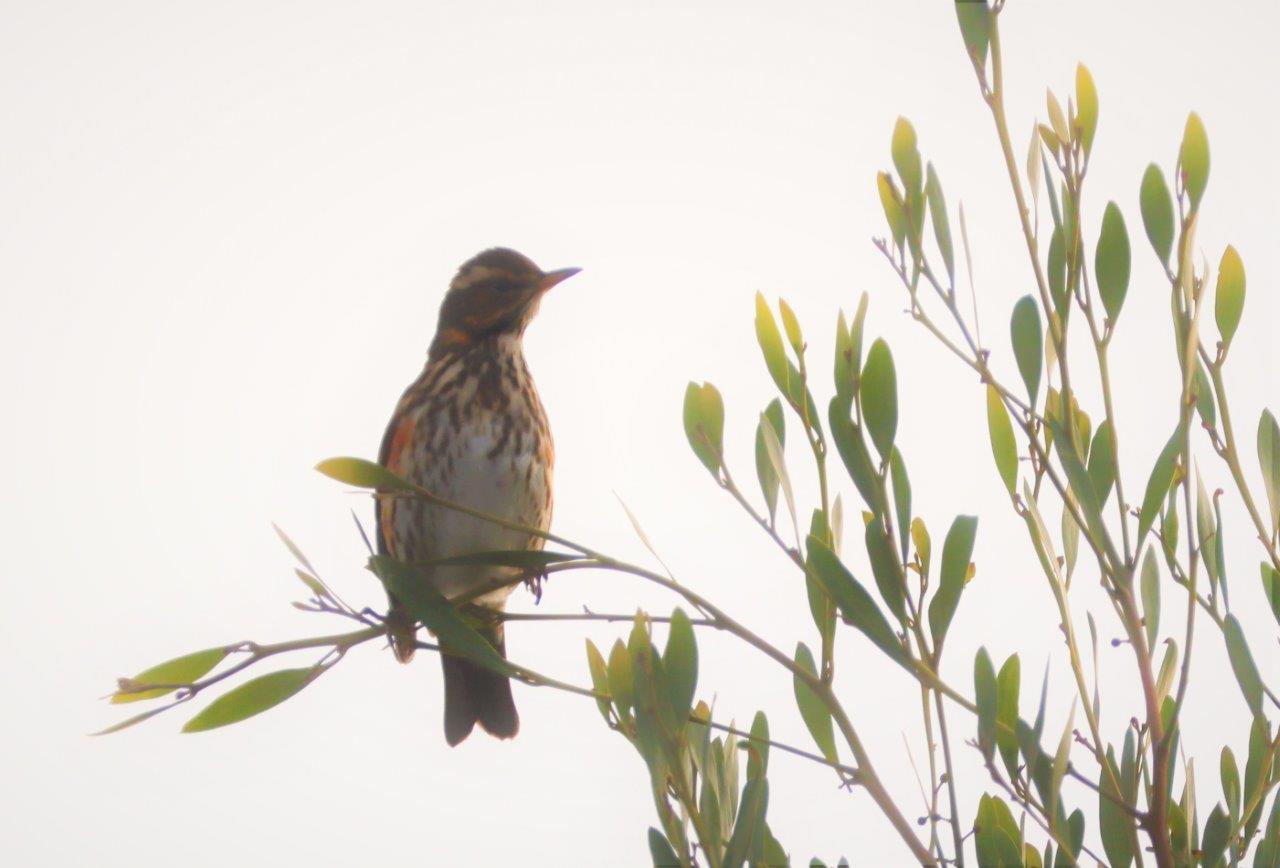
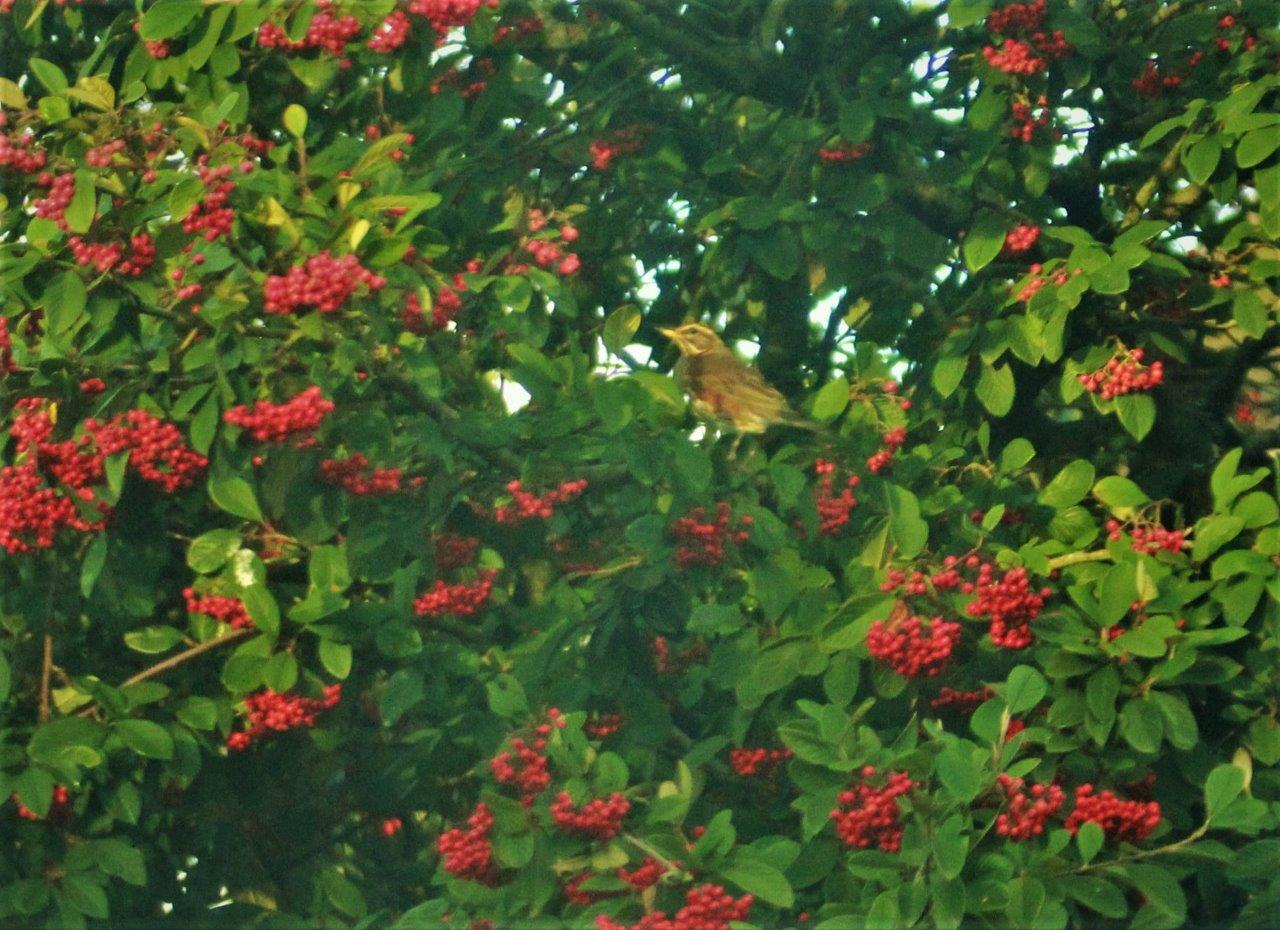
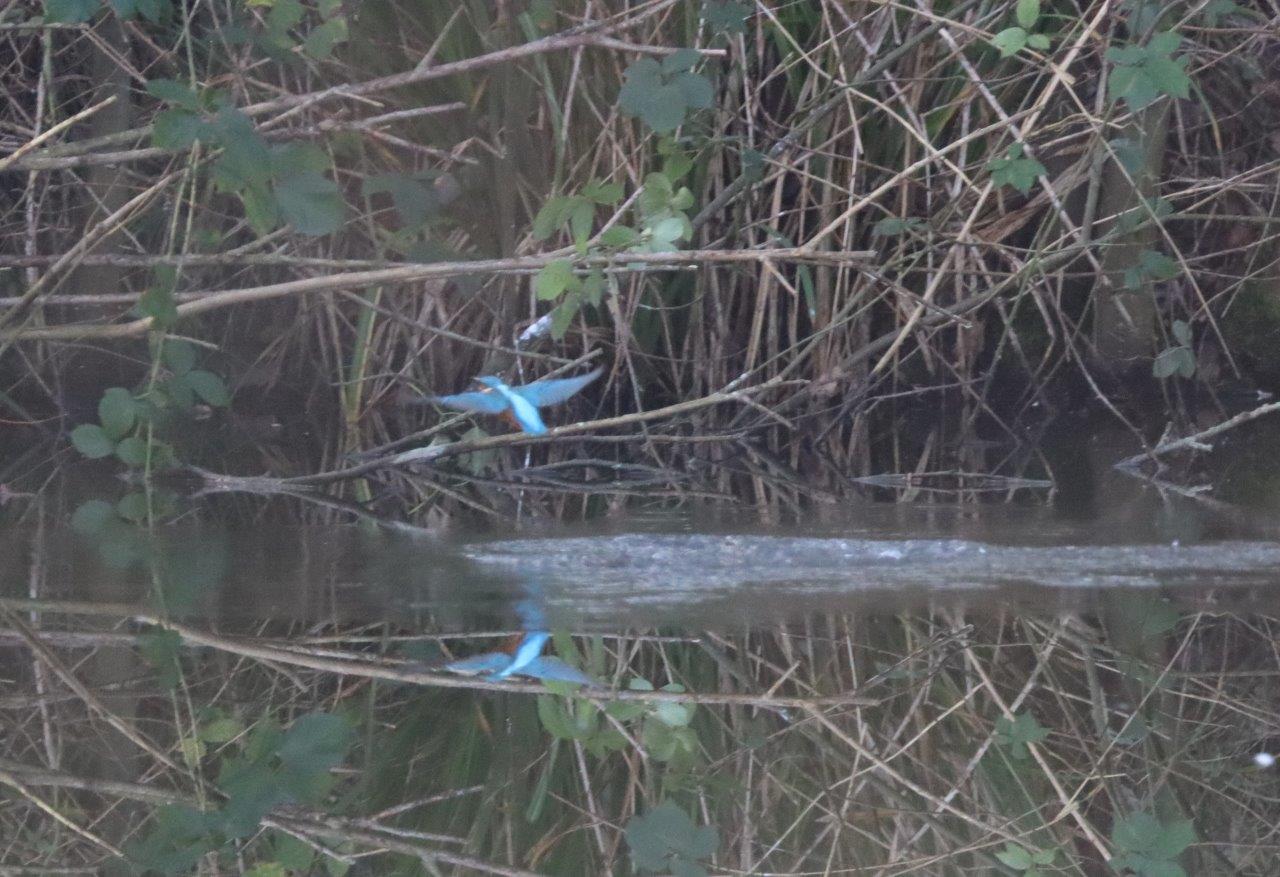



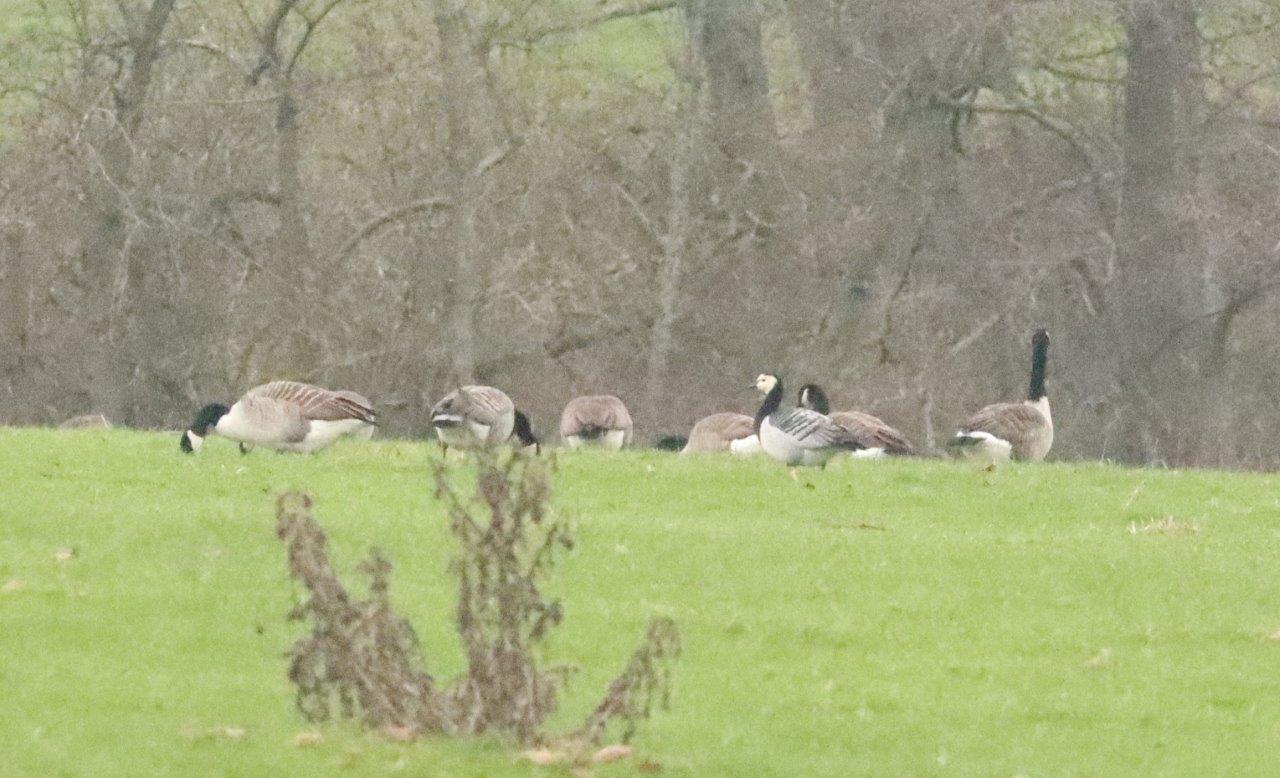
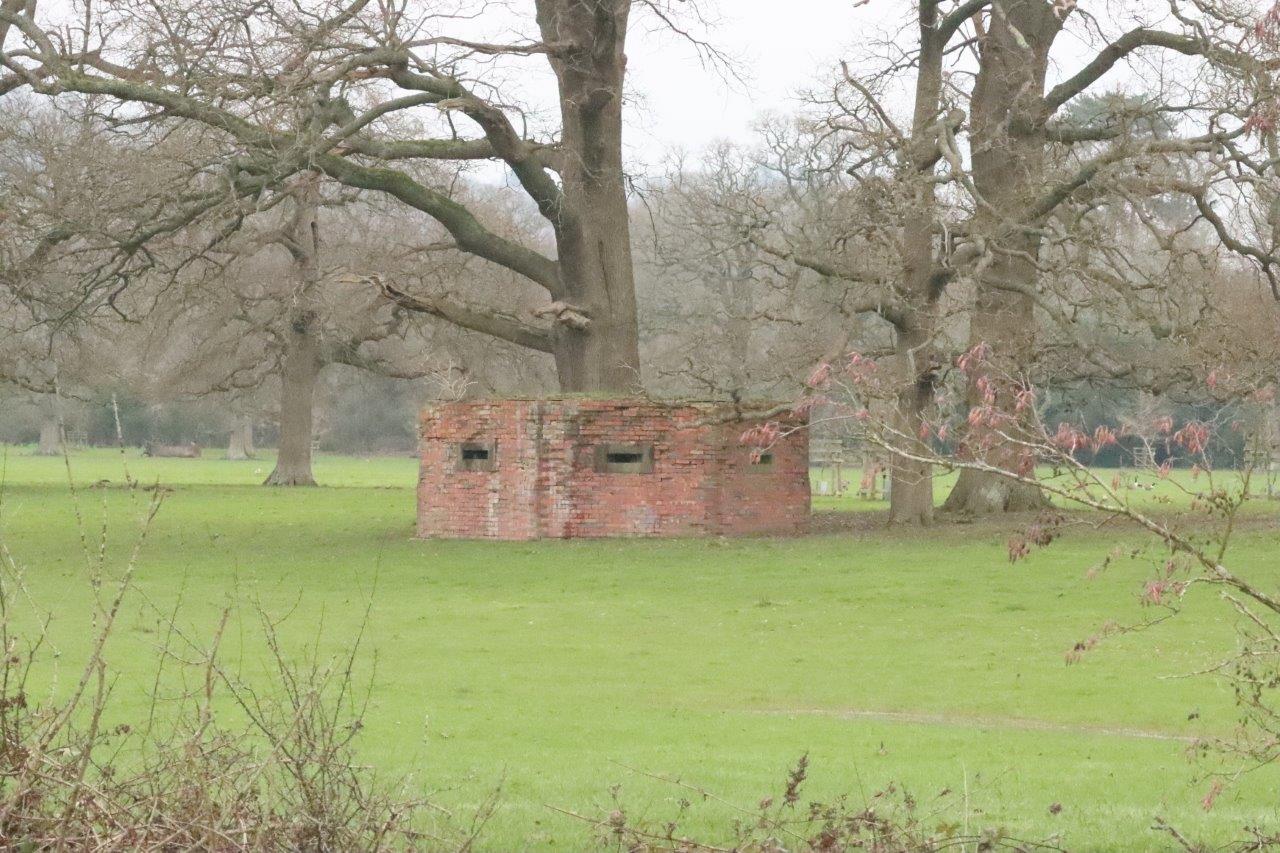


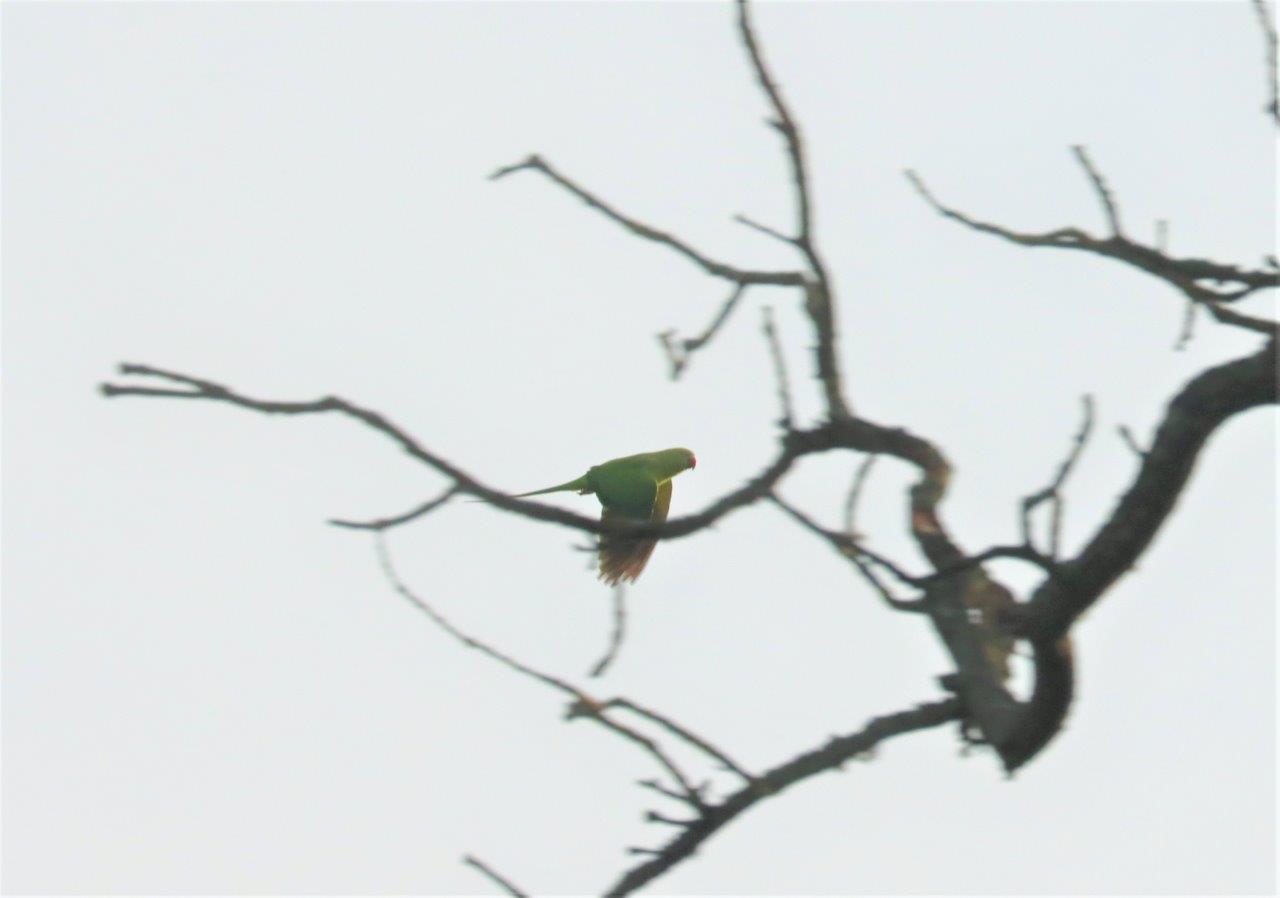
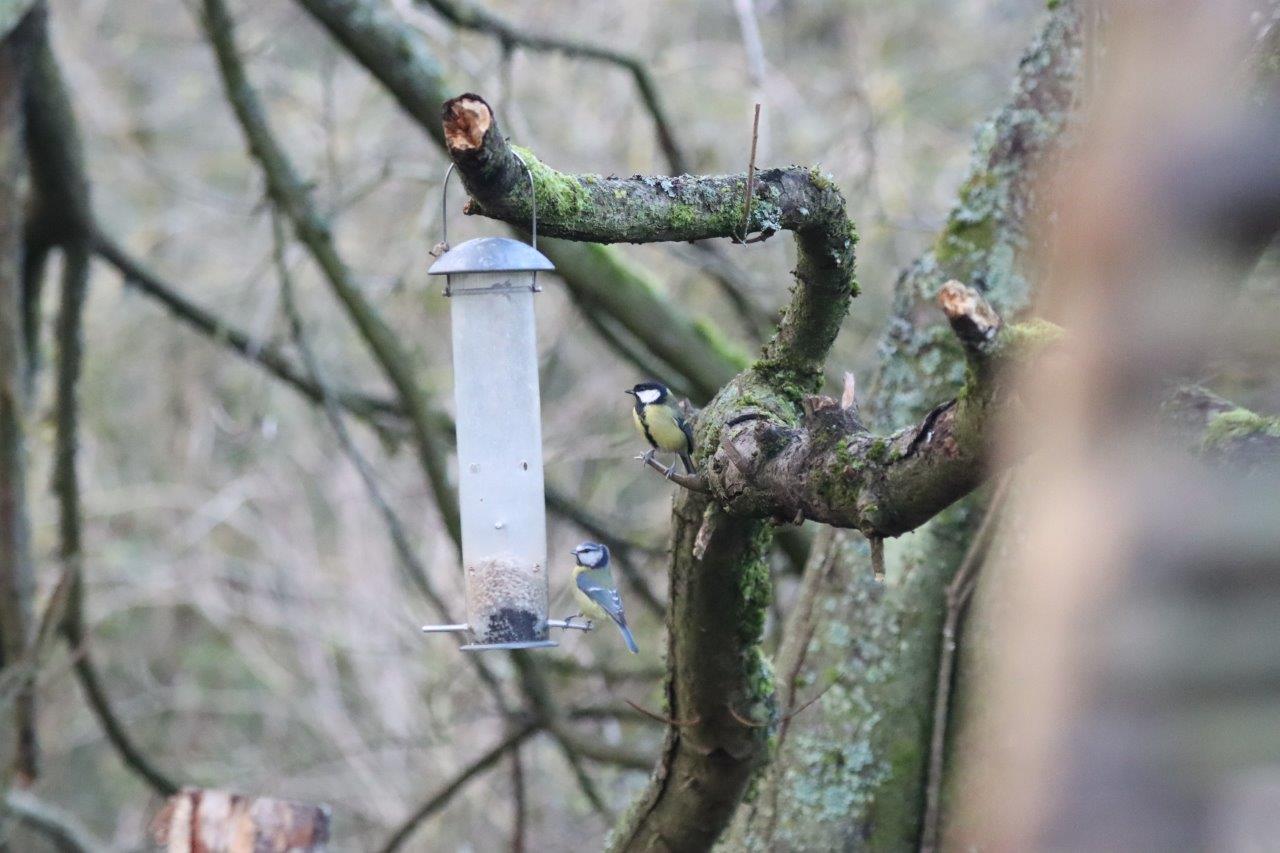


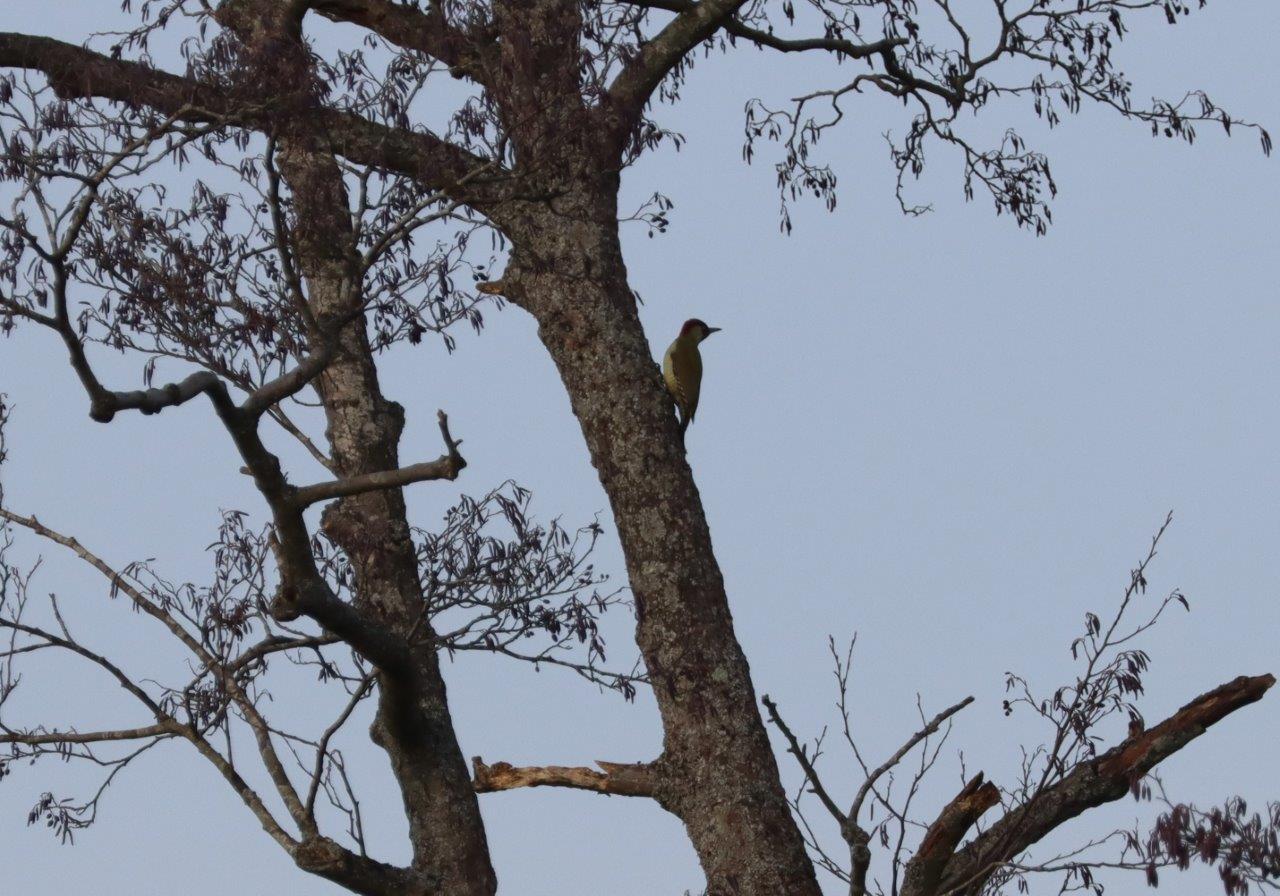

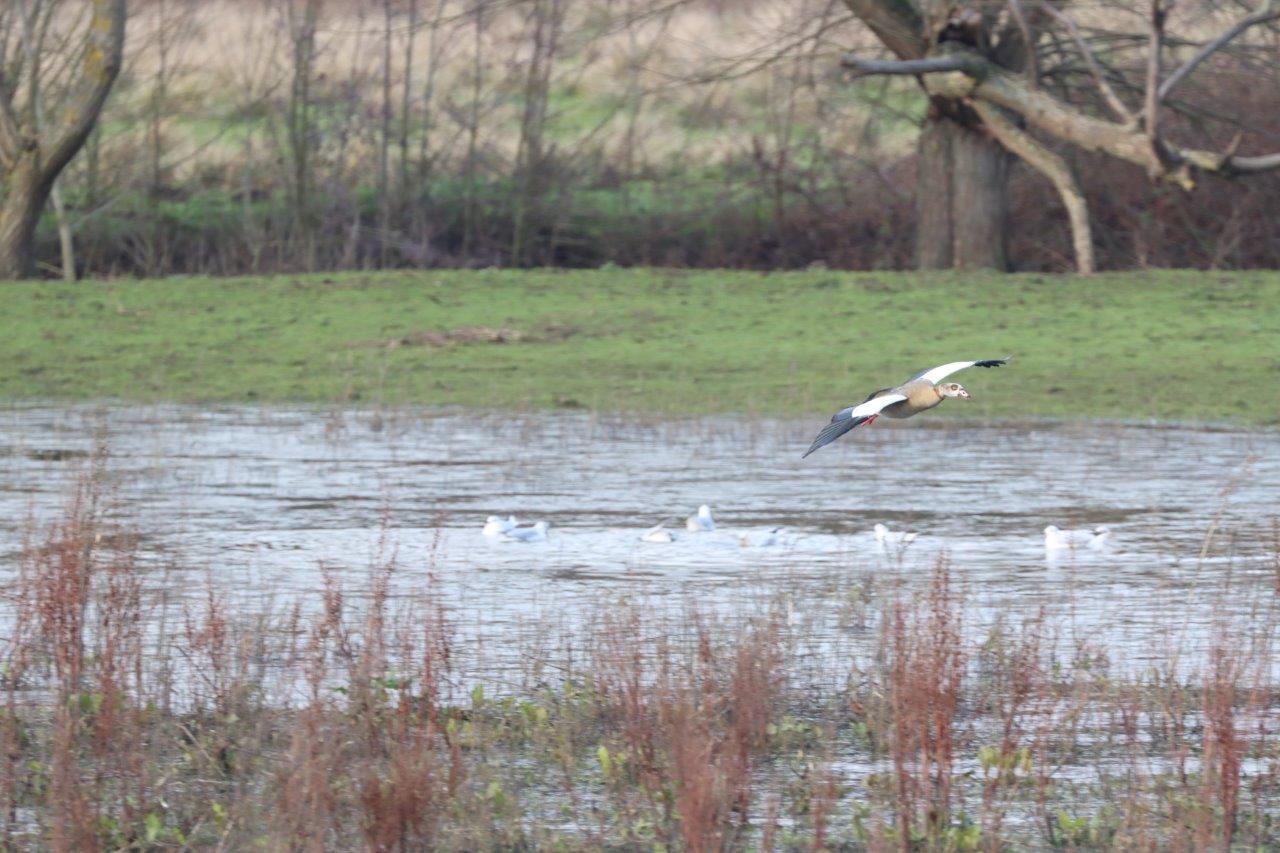
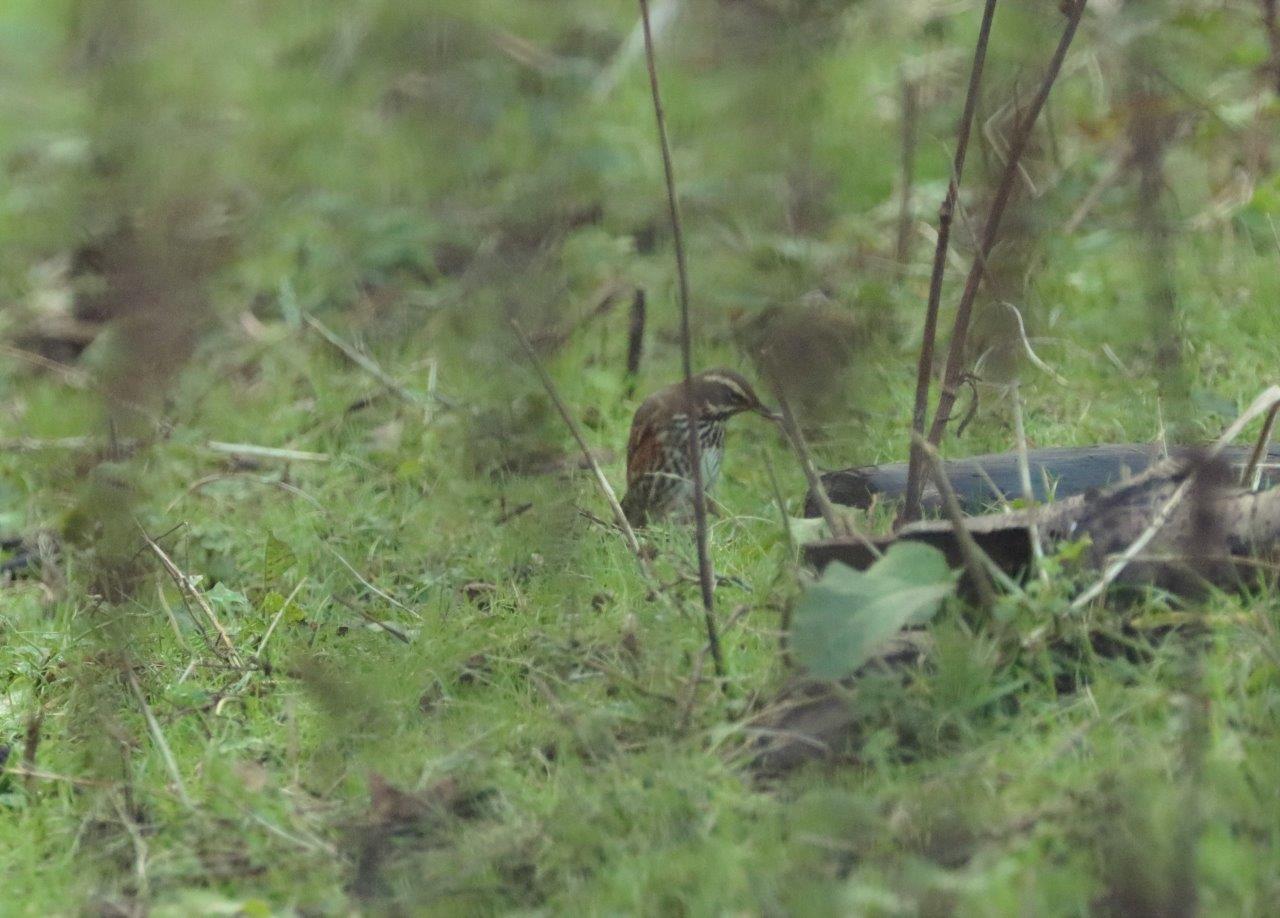
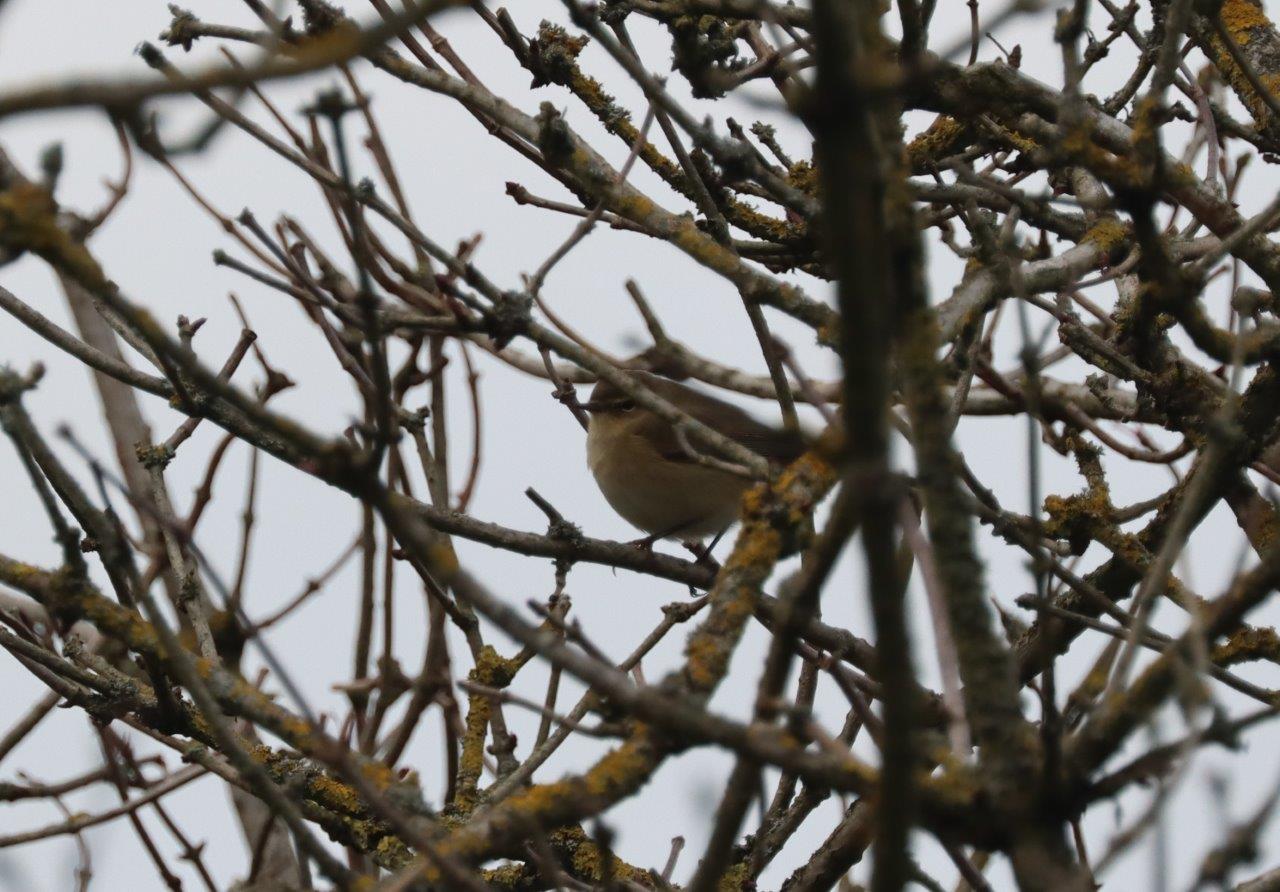
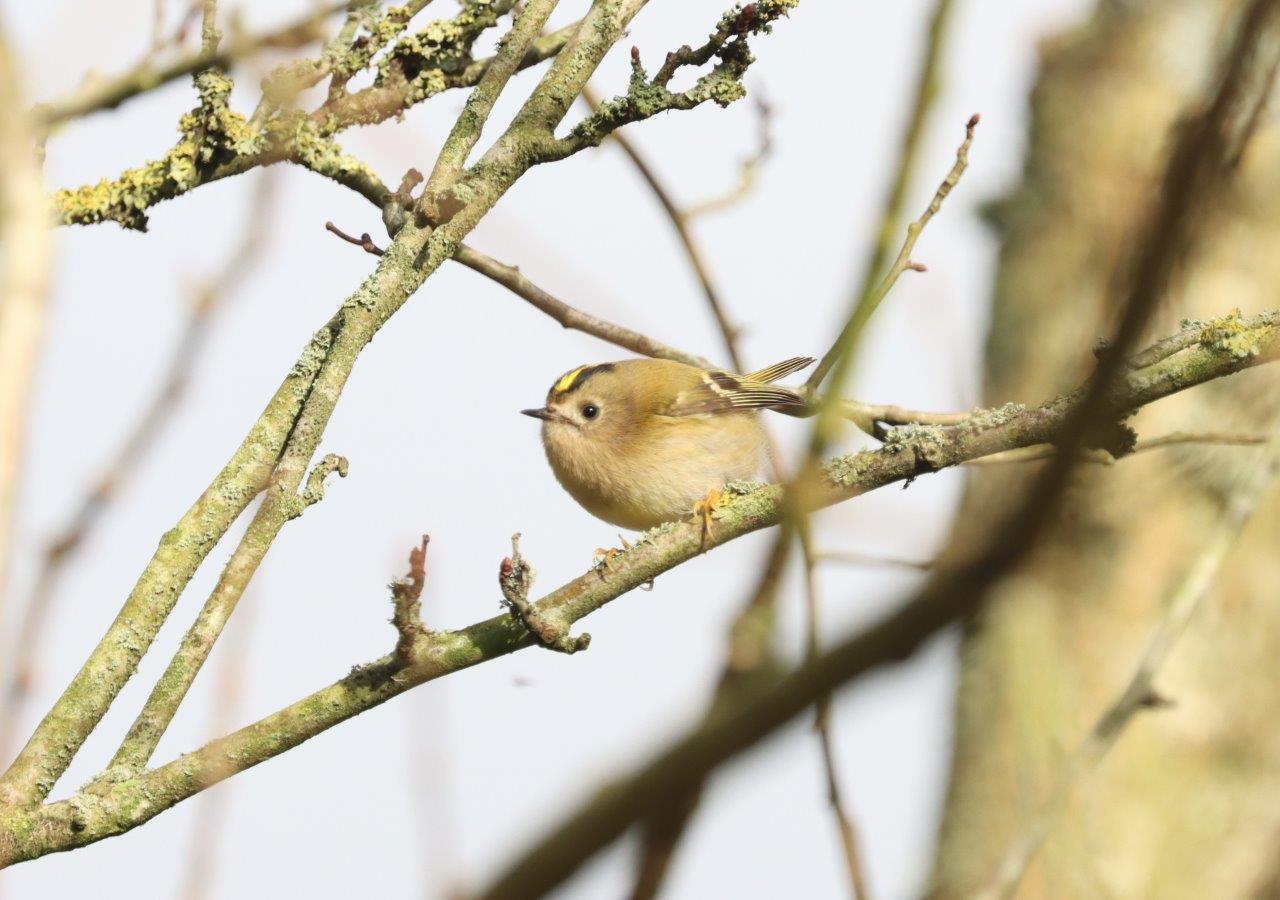
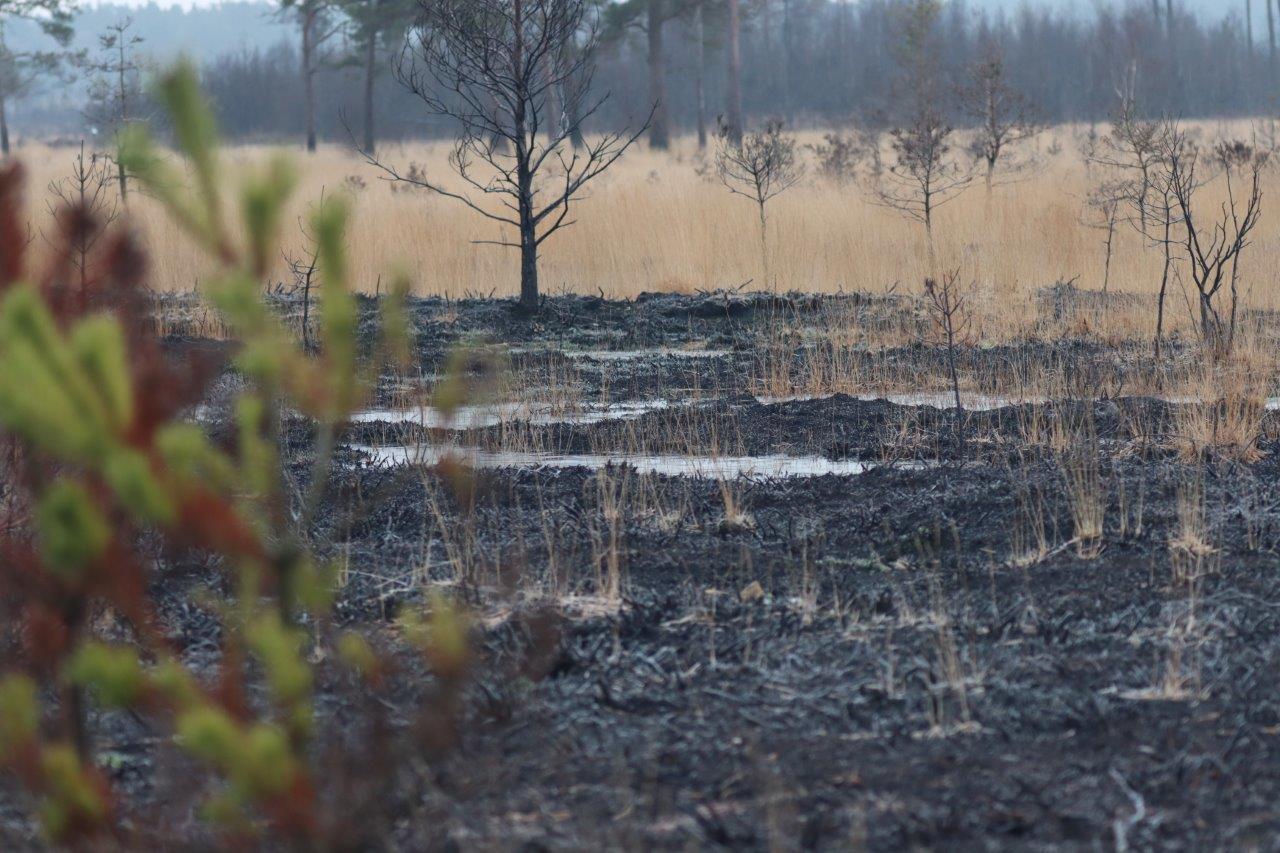
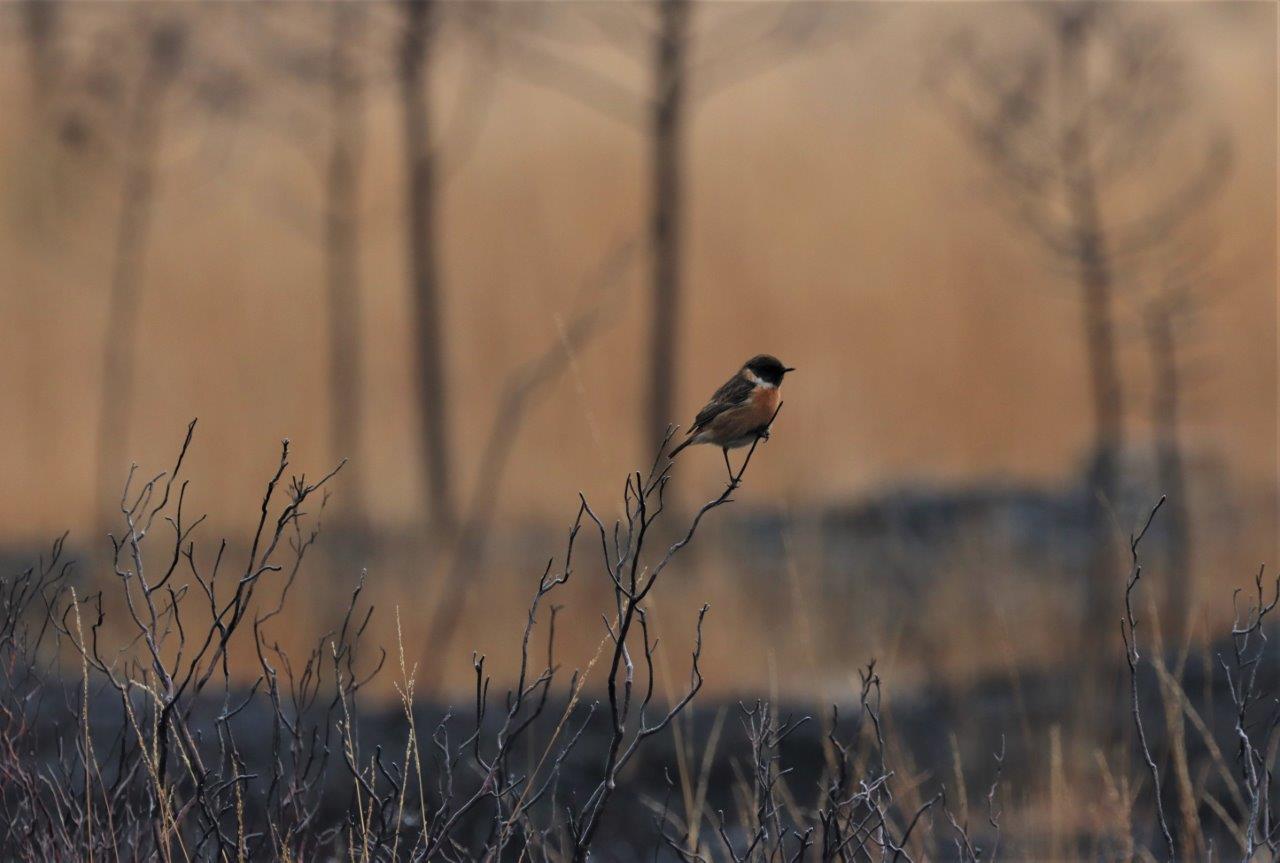
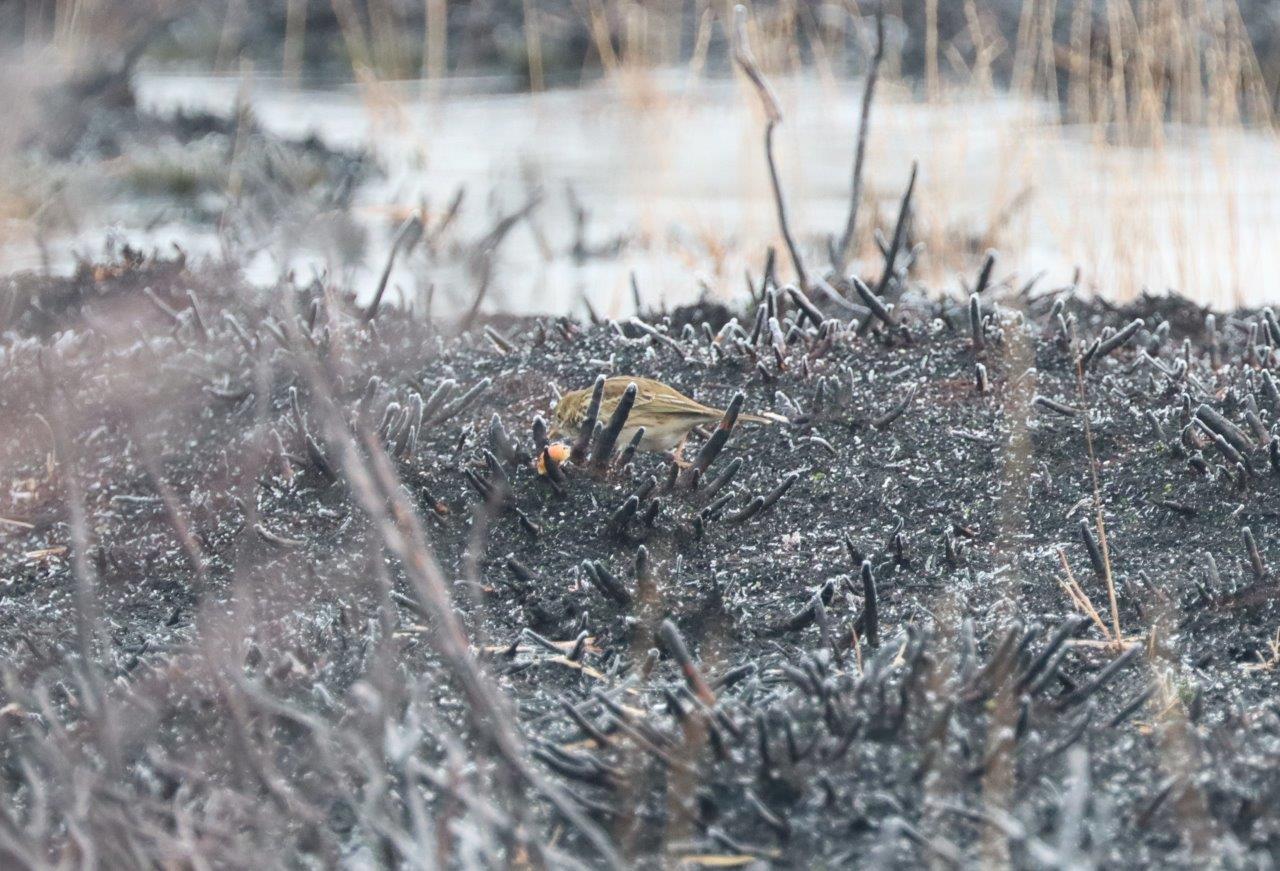
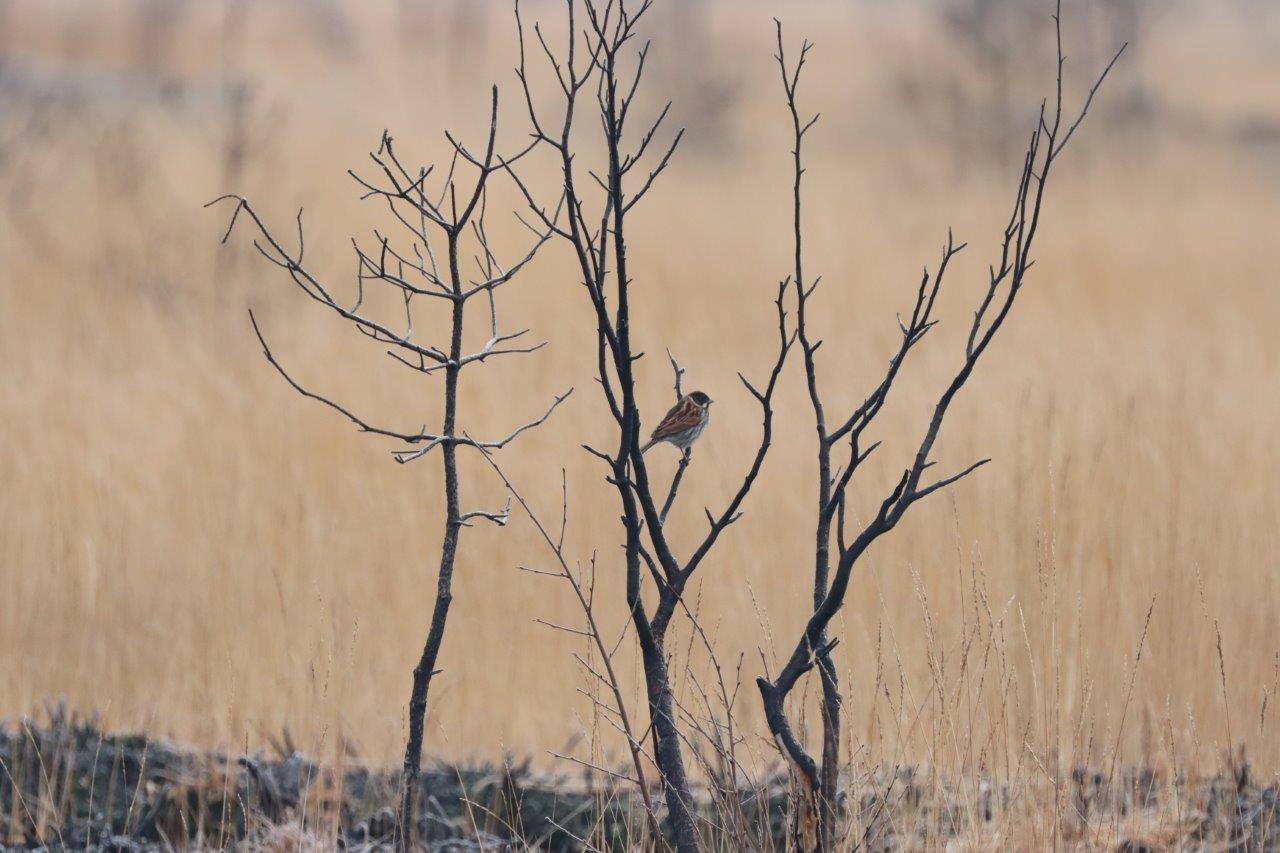
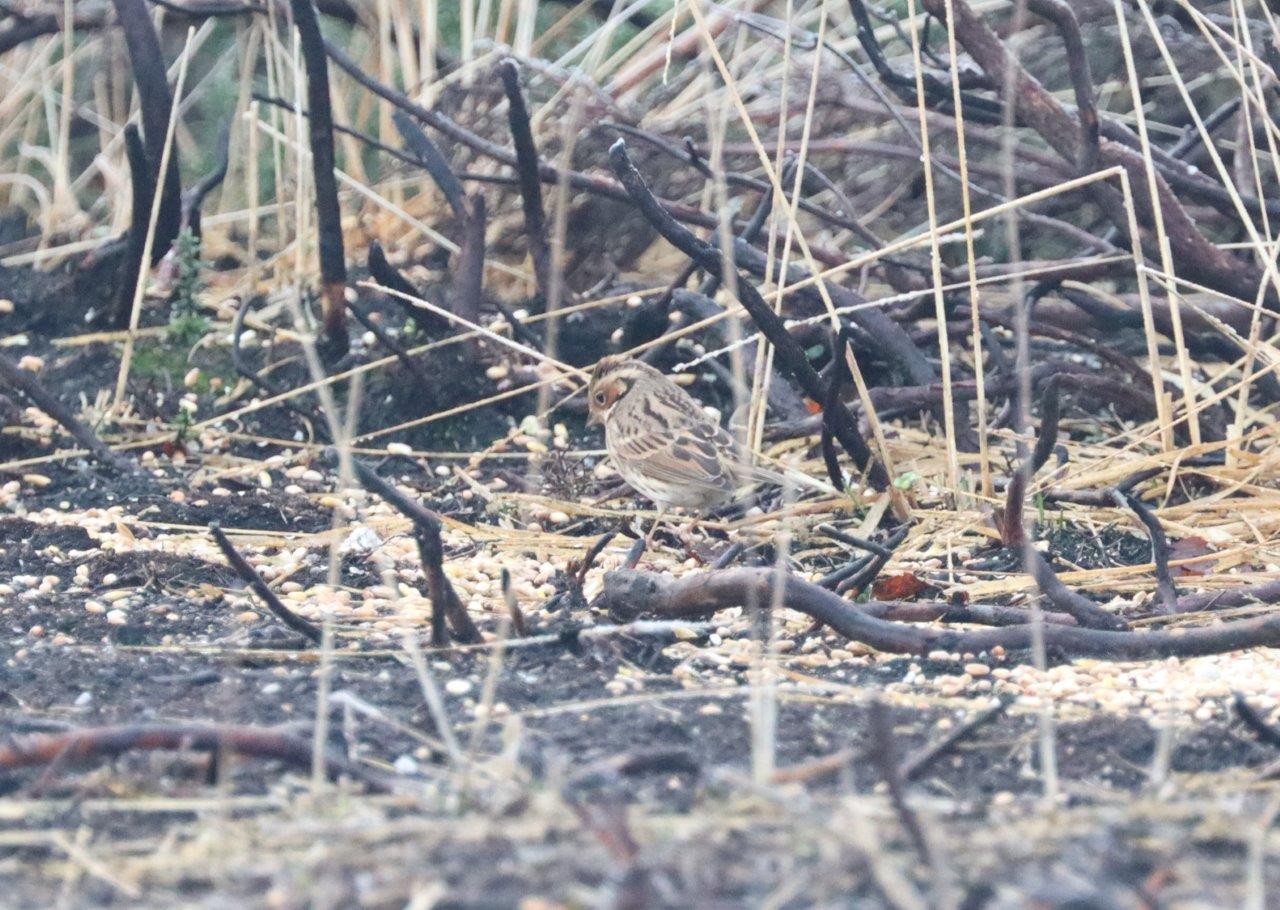







Lisa Land
January 15, 2021 at 10:31 am
Loved looking at all your bird photos, it takes a lot of time and patience.
Thank you.
Patsy Kettle
January 15, 2021 at 5:14 pm
I have lived near the Unstead Sewage Works for over 30 years and, like Malcolm Fincham, I am delighted at the work the volunteers are doing.
Recently, walking along that path with a friend, a bird watcher told us about the white-fronted geese, which we duly saw.
We commented to ourselves how knowledgeable he was and I now suspect that our informant was Malcolm.
Harry Eve
January 16, 2021 at 1:02 pm
Reading Malcolm Fincham’s Diary is always a welcome respite in these difficult times. Thank you to Malcolm, for doing his bit to help us all.